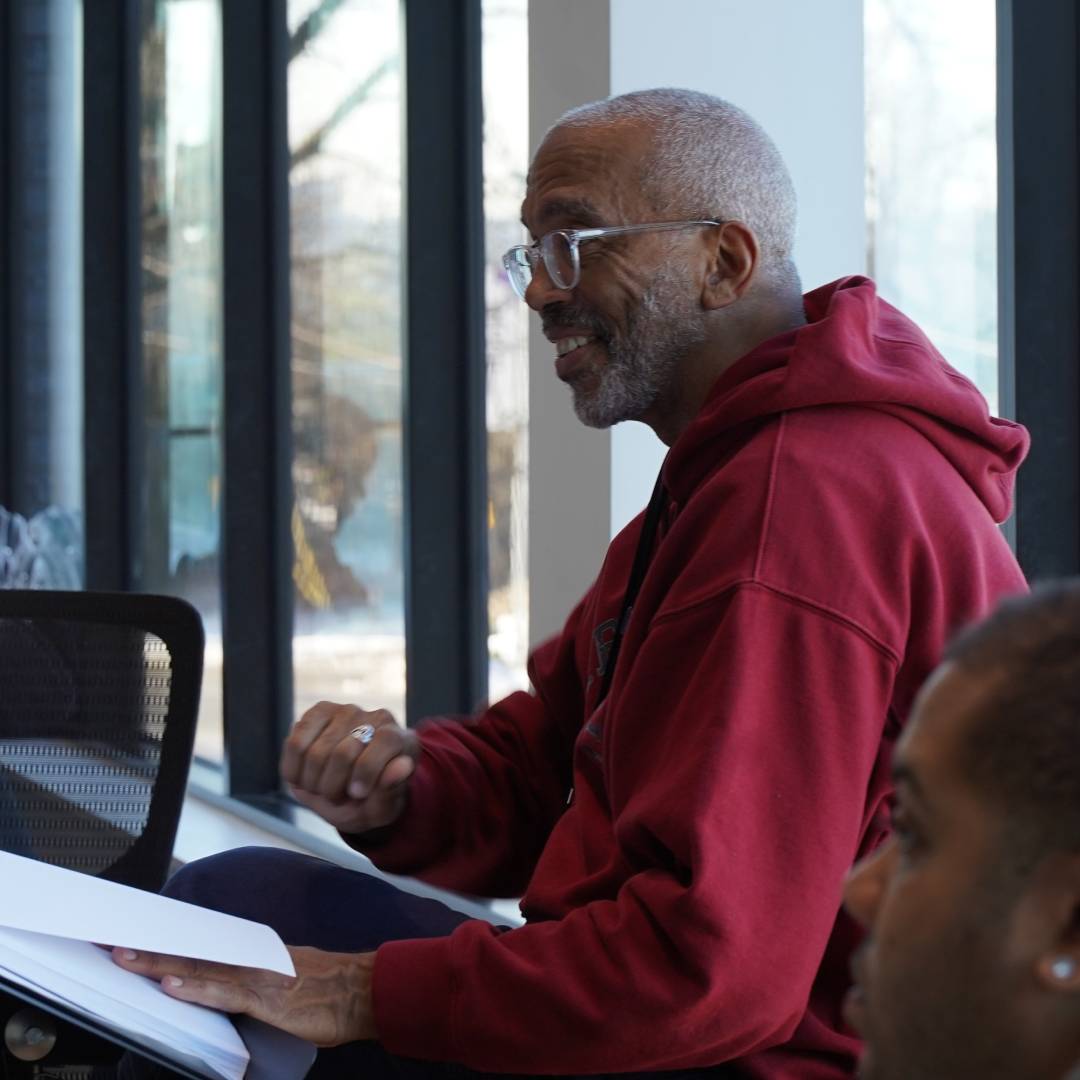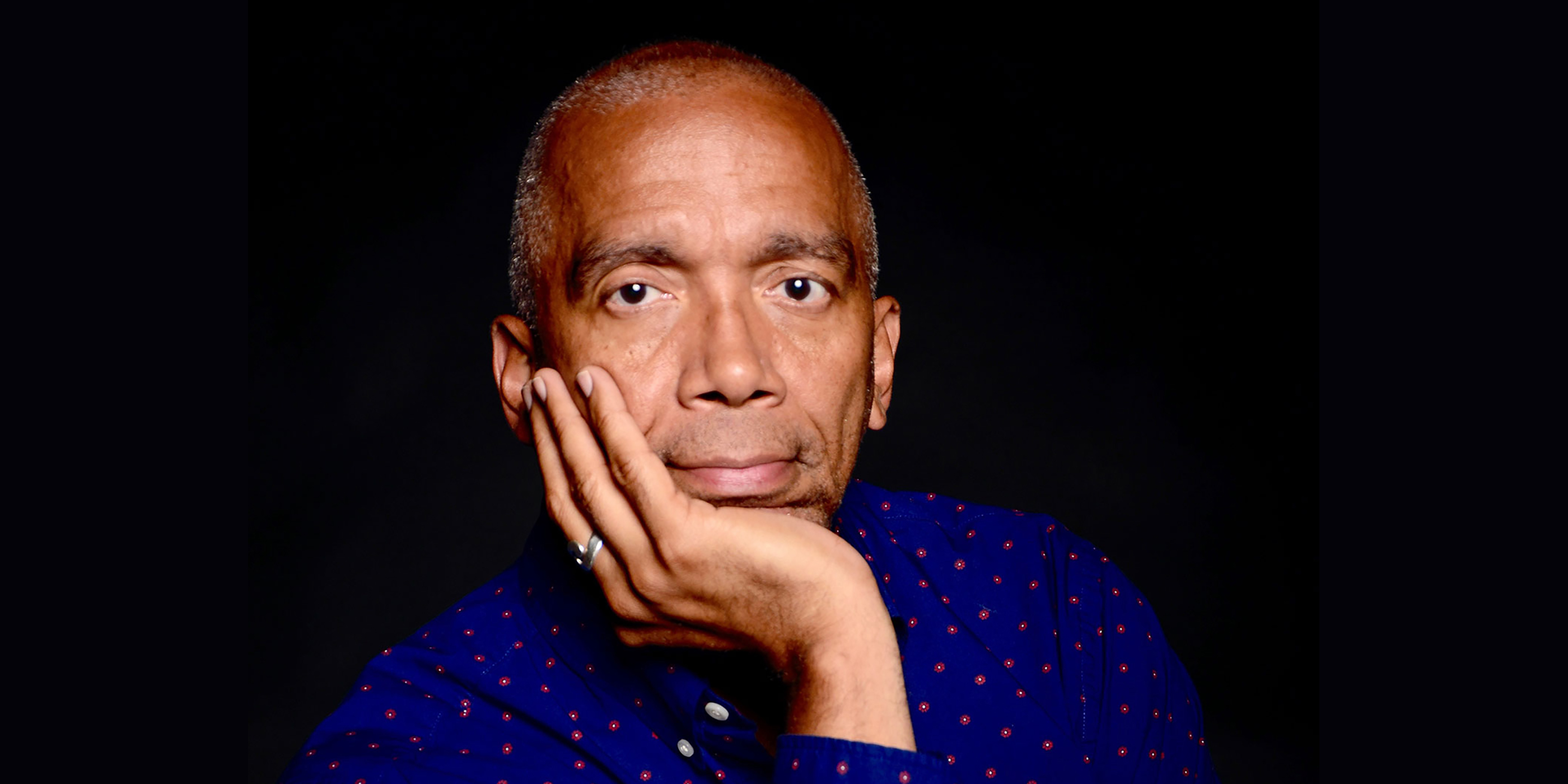Thoughts From the Director of PRIMARY TRUST

In this interview, director Timothy Douglas delves into the creative process behind the Playhouse’s production of Primary Trust, the Pulitzer Prize-winning play by Eboni Booth. We explore the director's unique insights into the play's themes, the casting process and the collaborative efforts of the creative team in bringing this moving story to life.
What aspects of the play resonate
with you personally?
What resonates most for me within Primary
Trust is the unmentioned. Playwright Eboni
Booth makes clear that the main character,
Kenneth, is Black, and yet this fact is never given
lip service. This, to me, is nothing short of a
literary revolutionary act, for within almost every
Black-centered American play I’ve directed or
performed in, (a sizable number), at some point
its main character gives voice to how being
Black in America influences their overall journey,
perception-of-self and world view — all too often
influenced by a white gaze perspective. In one deft
storytelling gesture, the playwright compels both
the actor and audience to consider for themselves
how race and culture may or may not influence
the main character and play’s trajectory. This
hyperawareness most definitely is a microcosmic
parallel to how I experience my professional
journey within the mainstream American theatre.
Our main character, Kenneth,
narrates his own story about how
he lost his job at a bookstore and
then found a job at a bank. What’s
the reasoning or importance behind
Kenneth telling and framing his own
story?
I think this device of direct address affords
Kenneth a more comprehensive agency over his
own story, and how he chooses to share it. Given
my earlier musings on the primary identifying
aspect Kenneth’s unspoken personhood, I believe
by having him engage directly with the audience,
it is the playwright’s considered solution for fully
arresting their engagement and investment in
what is essentially a small, intimate story.

Timothy Douglas
In the casting process, what qualities
were you looking for in the actor who
would portray Kenneth?
It was essential for me that the actor/character
have the capacity to radiate a big-hearted nature
that has the capacity of echoing a kind of world-weary essence. He has to be facile at walking
with his often-unprotected vulnerability but do
so with an unselfconsciousness, and an innate
combination of grace, calm and natural wisdom.
How does the play's setting in a small town in upstate New York contribute to the overall atmosphere of the story? A northern small-town setting evokes an air of a real-time, enigmatic mysteriousness, while radiating the classic truism that everyone’s personal business tends to be known by most, though not necessarily their authentic truth. Kenneth has clearly been a staple in this town, yet very little is known about him … he manages to pull off the act of hiding in plain sight.
What role did the creative team
(set designer, costume designer,
lighting designer, etc.) play in
shaping the overall aesthetic of the
production?
Toward making visual sense of Primary Trust,
which includes the theatrical conventions of being
a memory play, along with having characters
directly address the audience, the design process
is crucial for getting the manifestation of the
play just right. While the respective design
disciplines of scenic, lights, costumes and sound
all come at their tasks from different angles of the
storytelling prism, it is critical that the team work
collaboratively ensuring that the overall effects
are in harmony with one another. I have worked
multiple times with three of the designers on this
production, with one joining our merry band for
the first time. From the beginning there has been
a symbiosis in our group communication, which
is mainly due to just how moved by the play we
all are, and how our passion toward meeting
the challenge of creating an evocative and fluid
physical world for the play drives us. In addition,
we are charged with revealing a specific point of
view so that the audiences — and characters —
remain mindful in knowing exactly where we are
at all times.